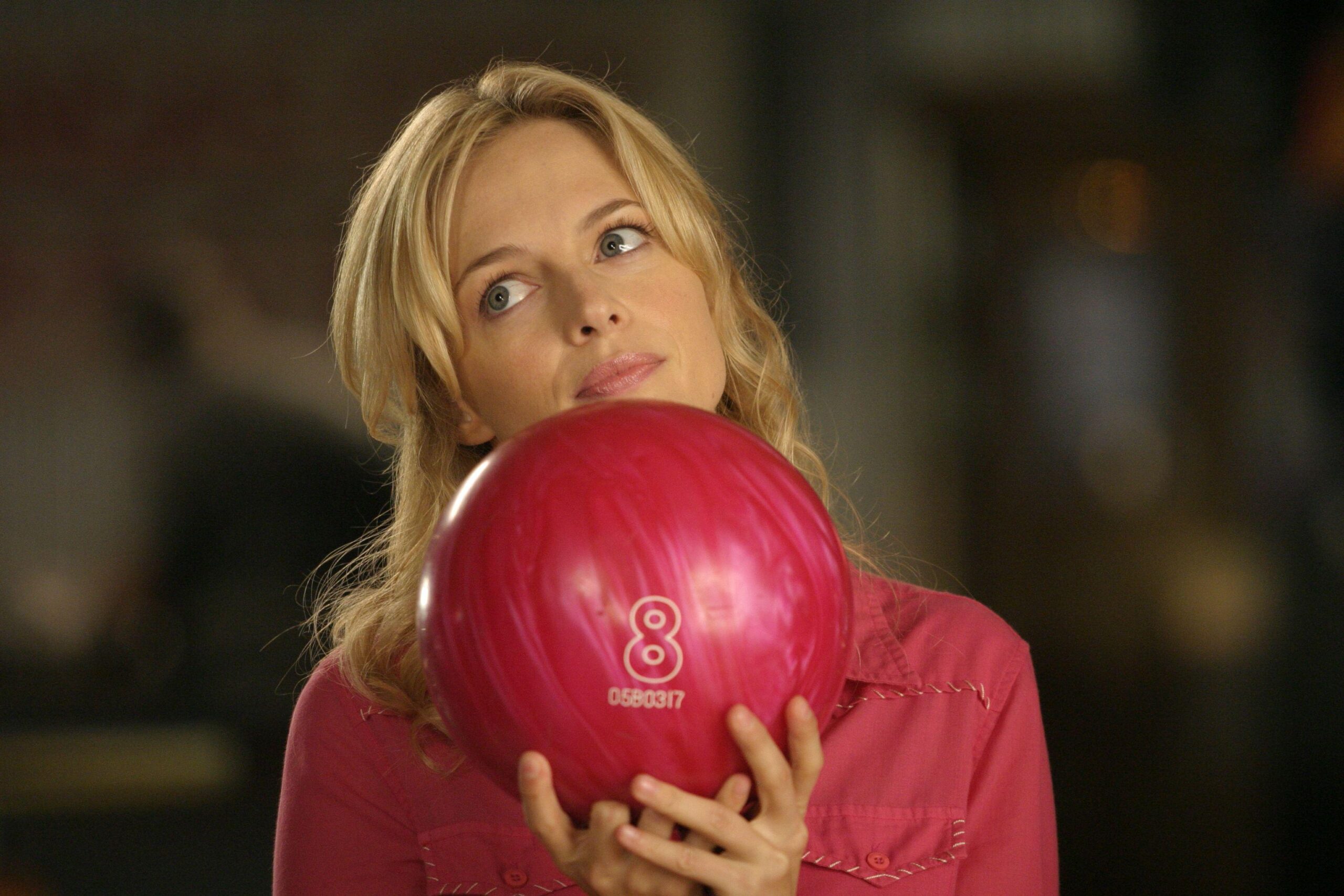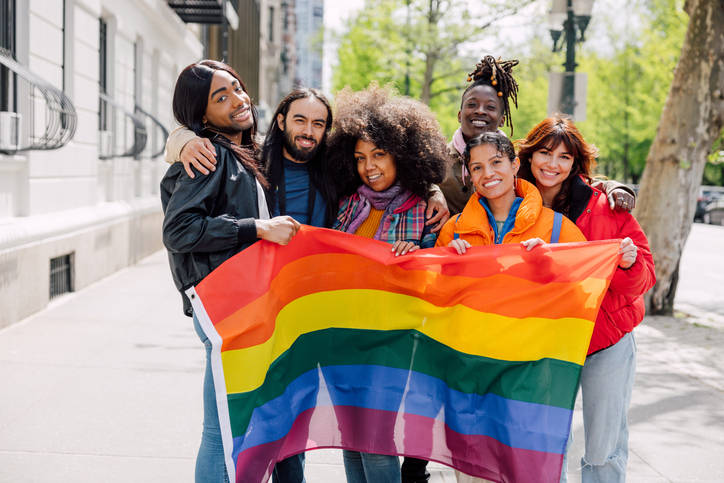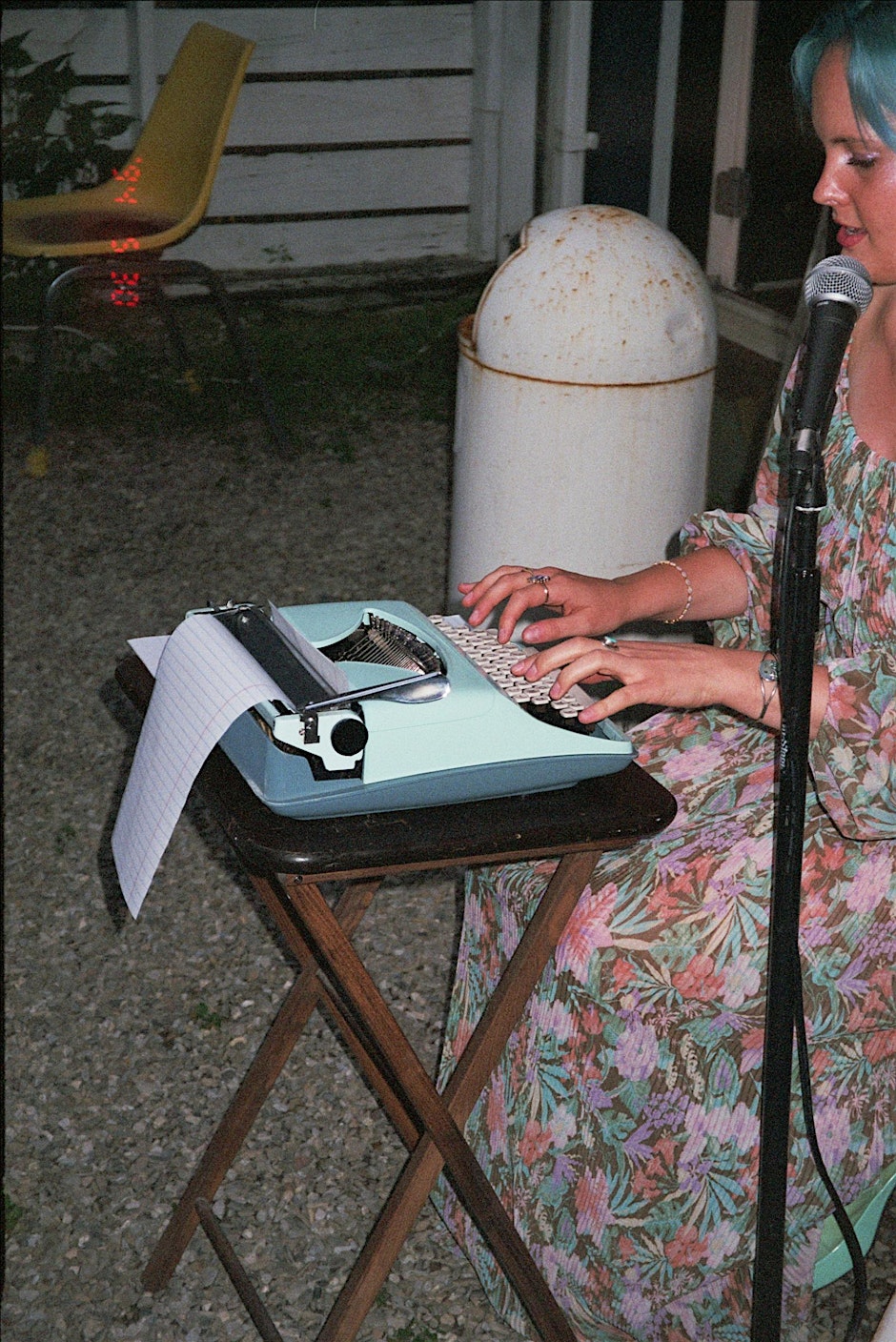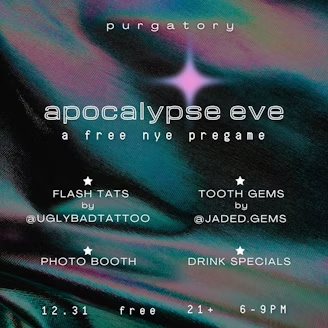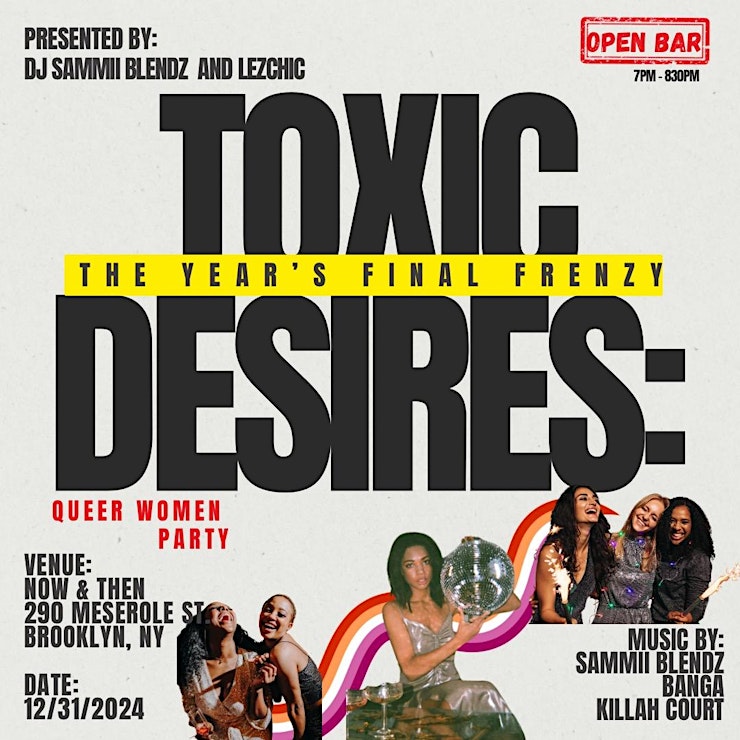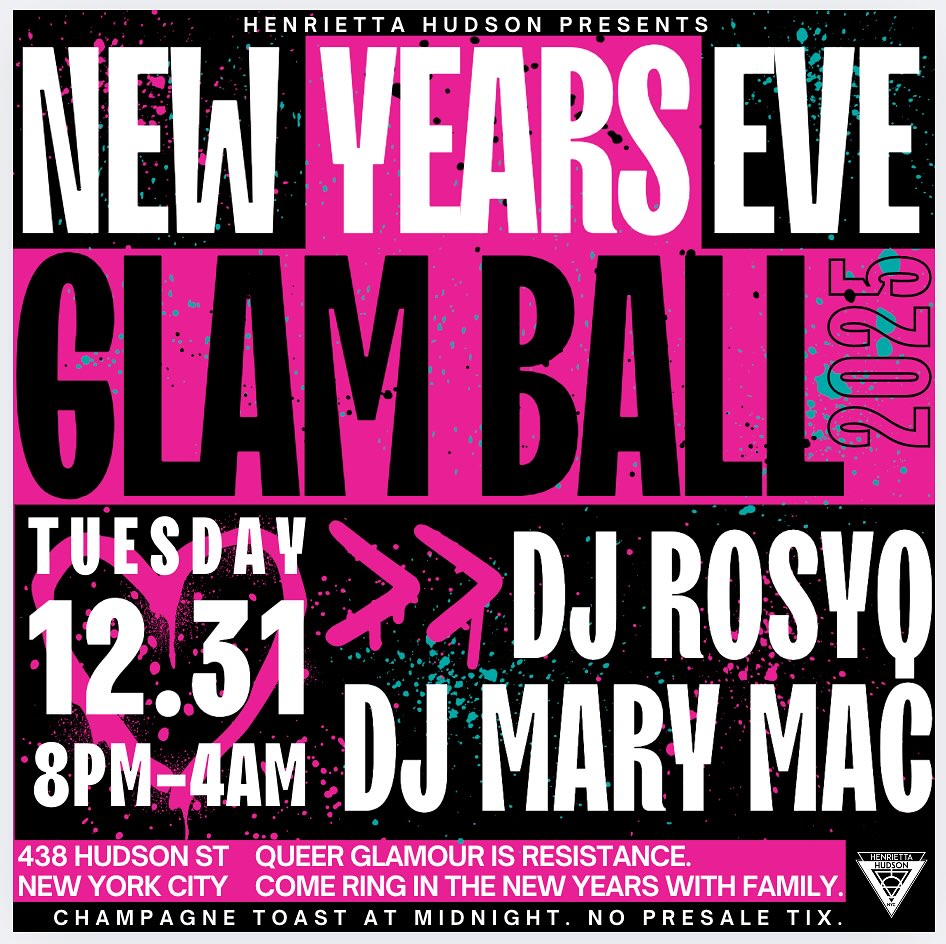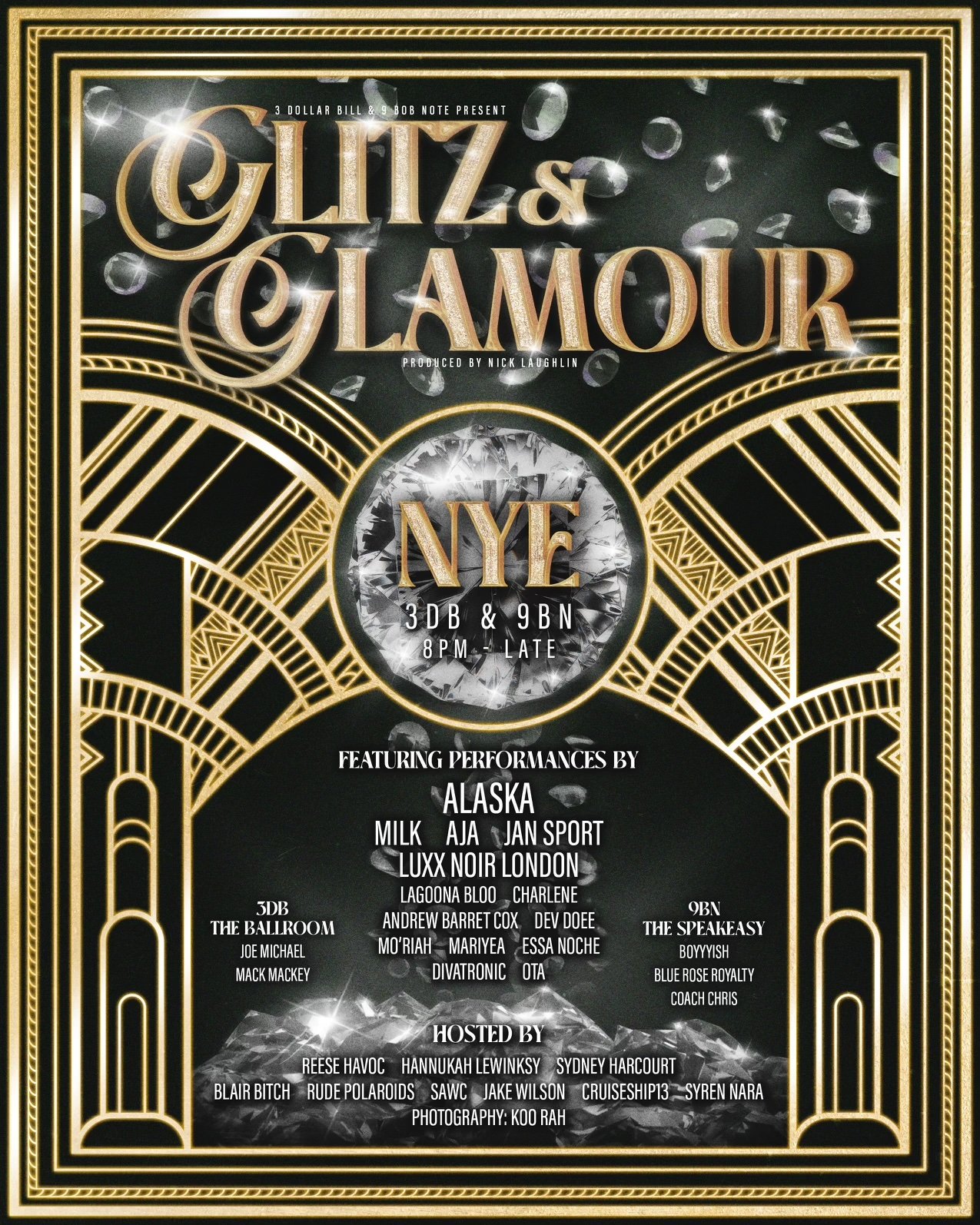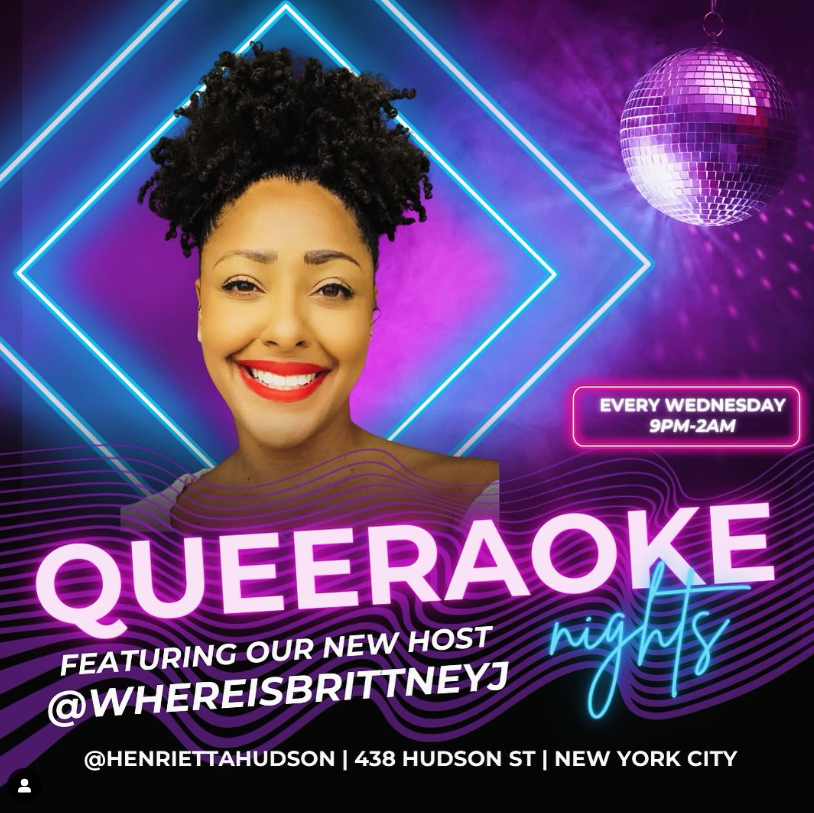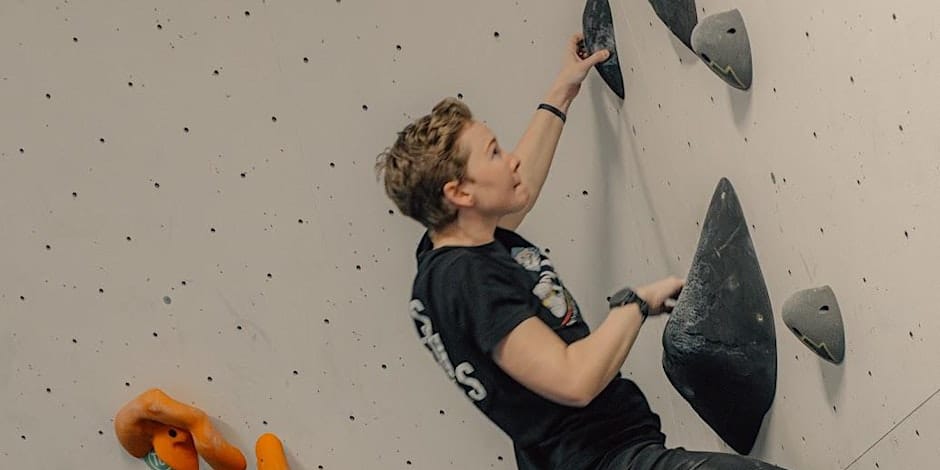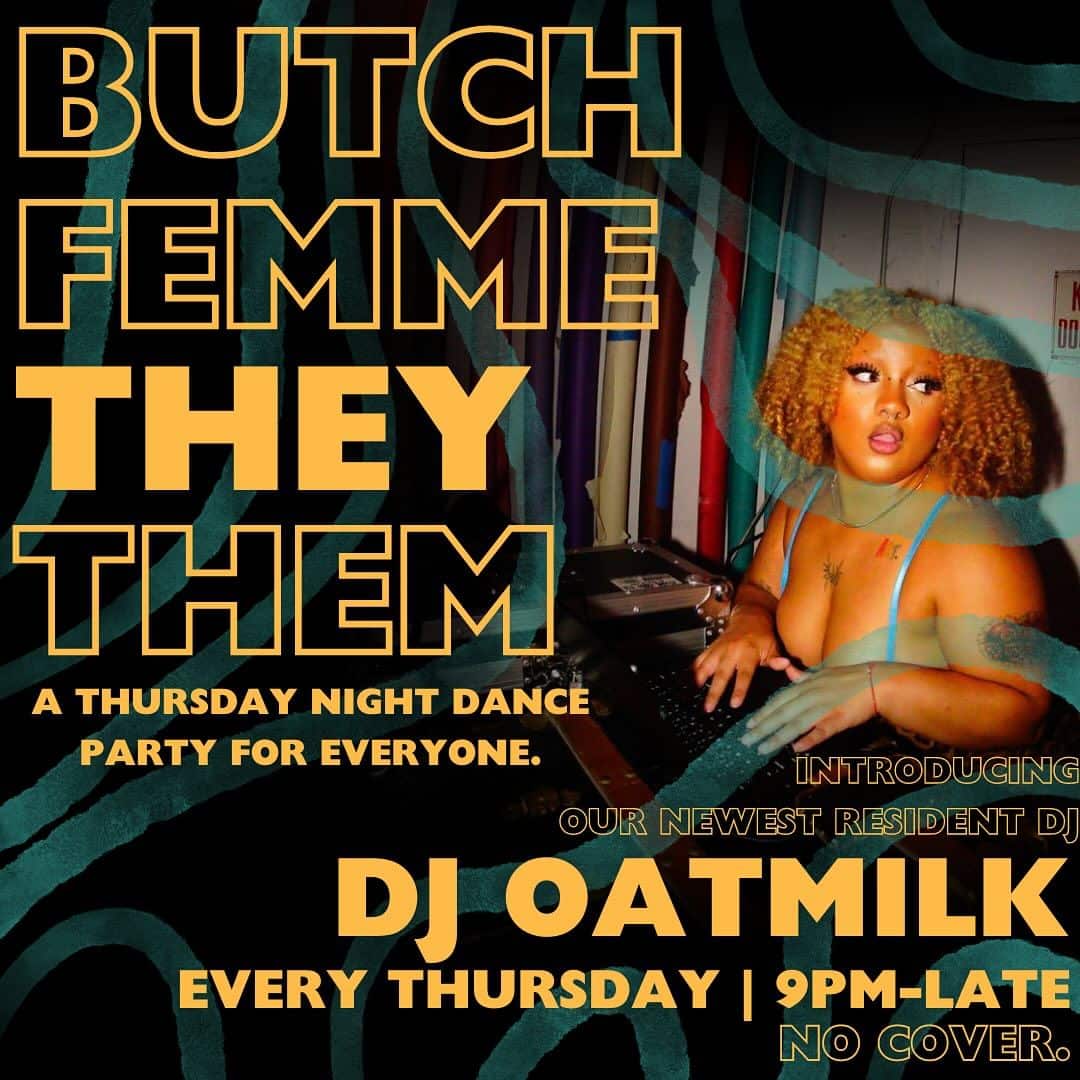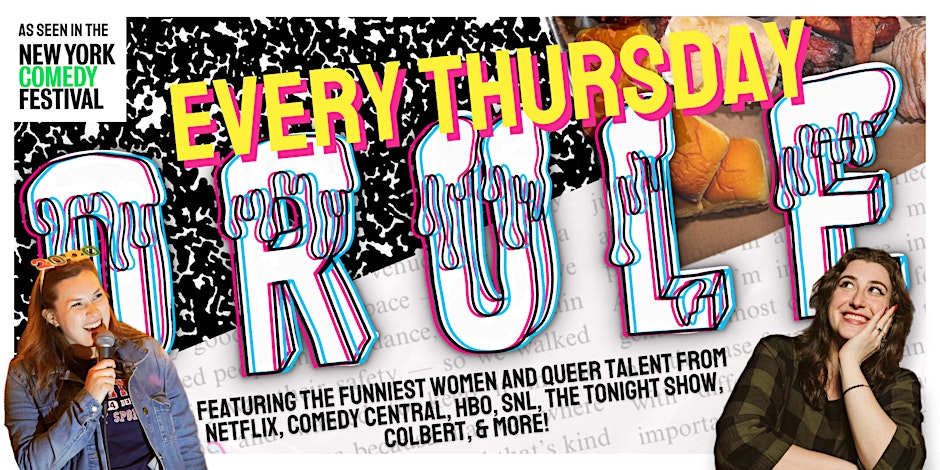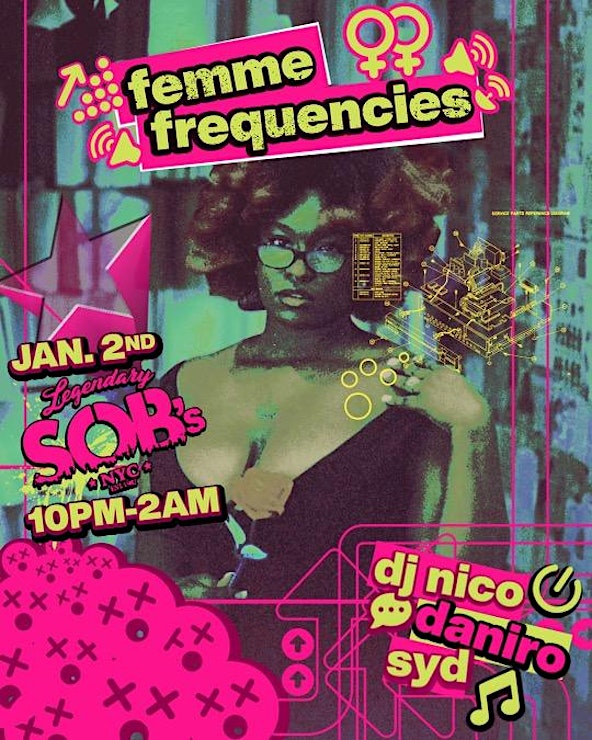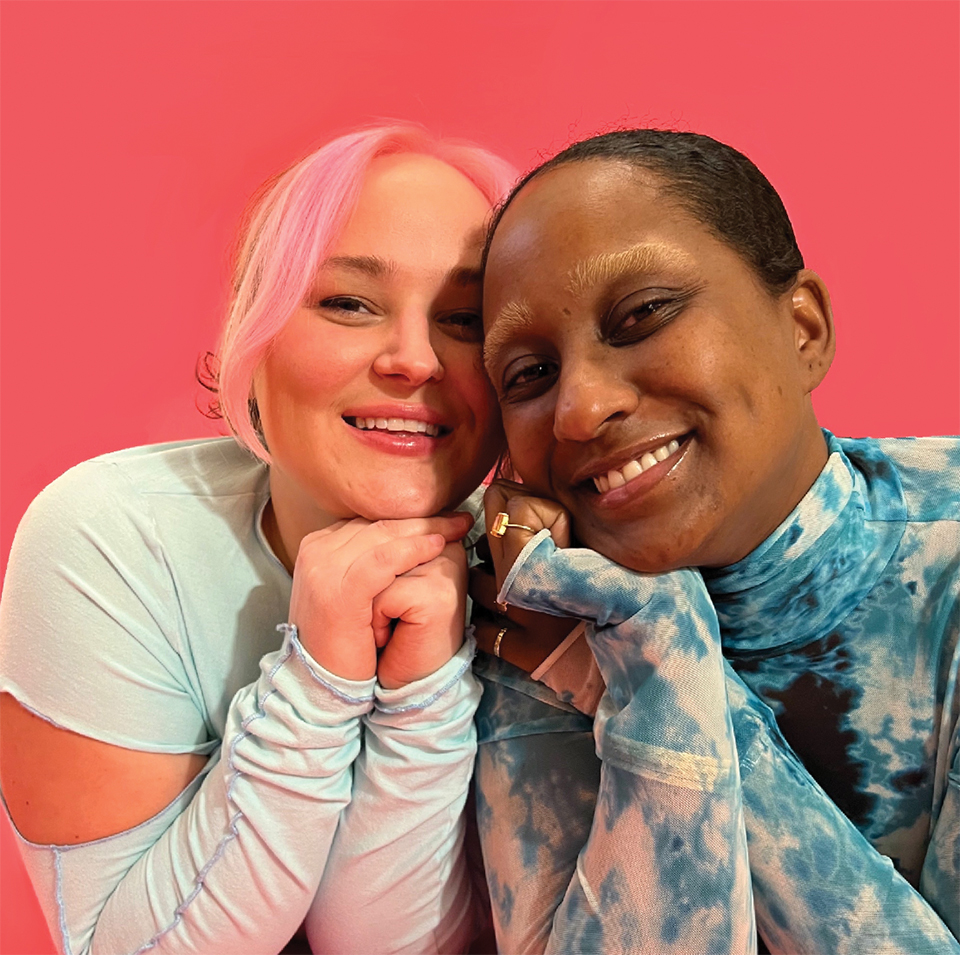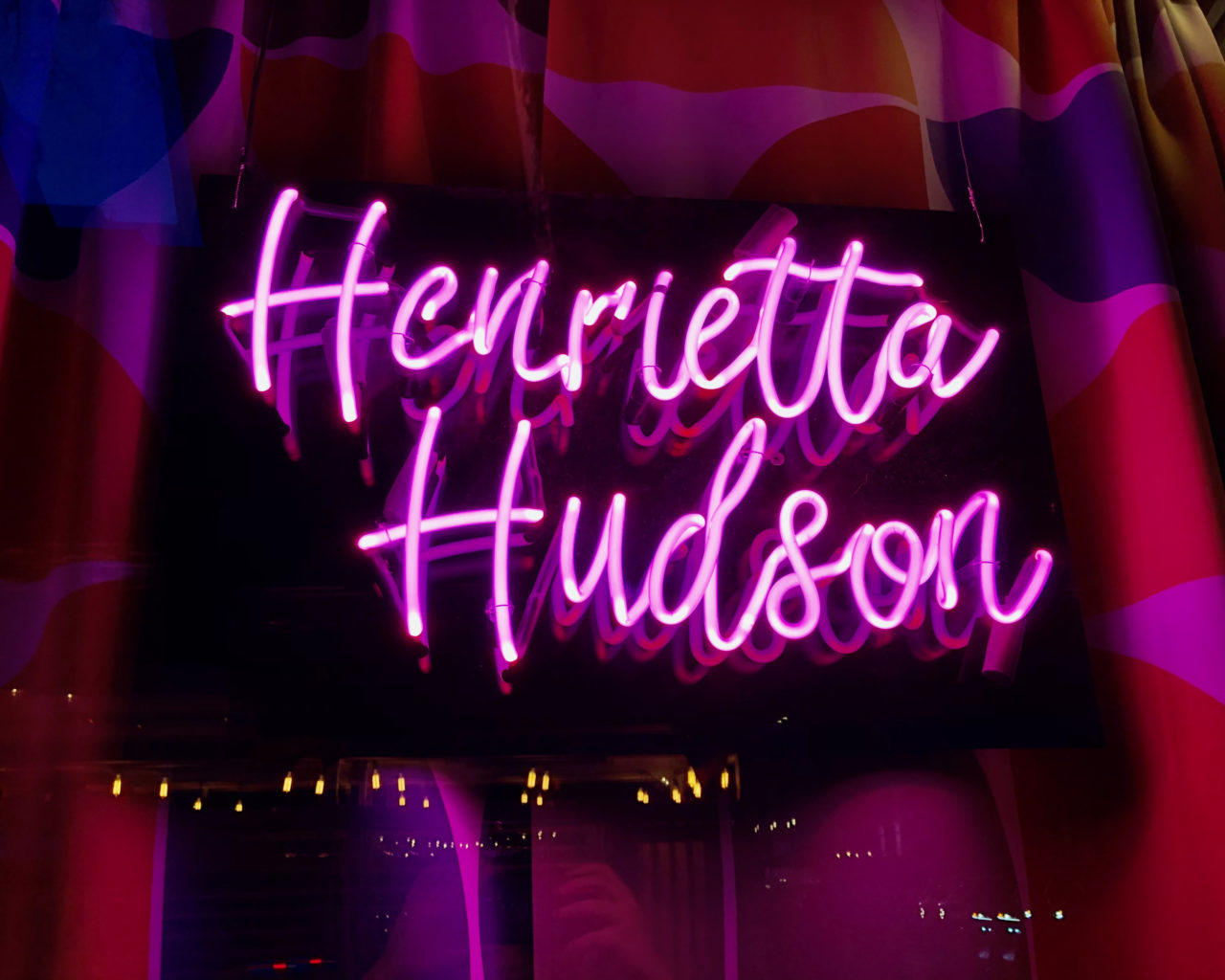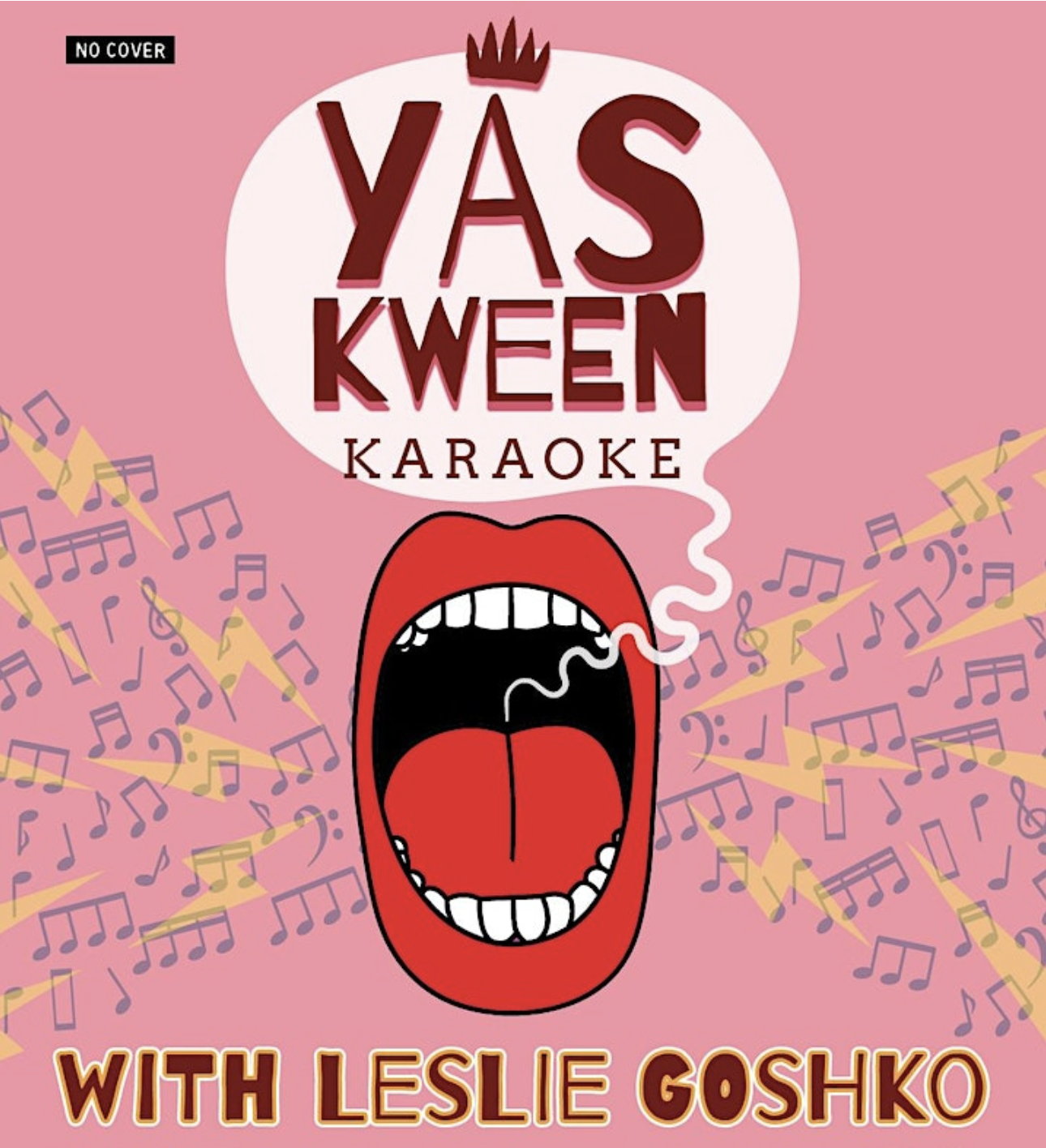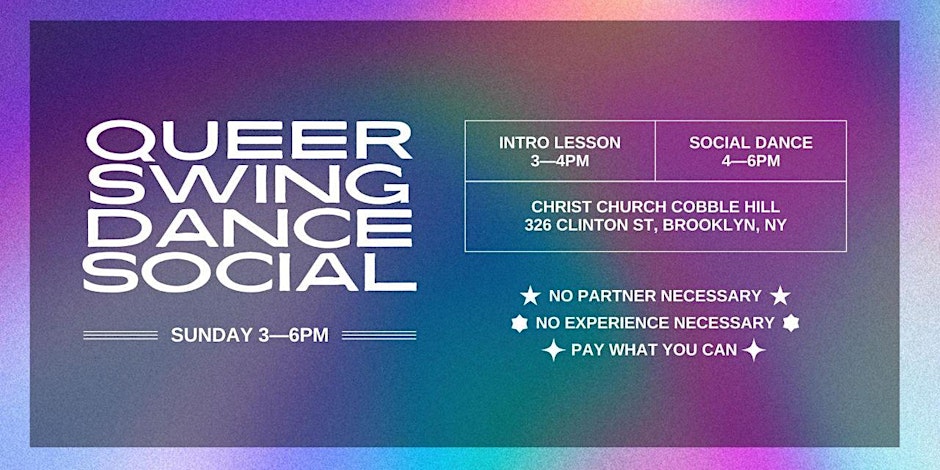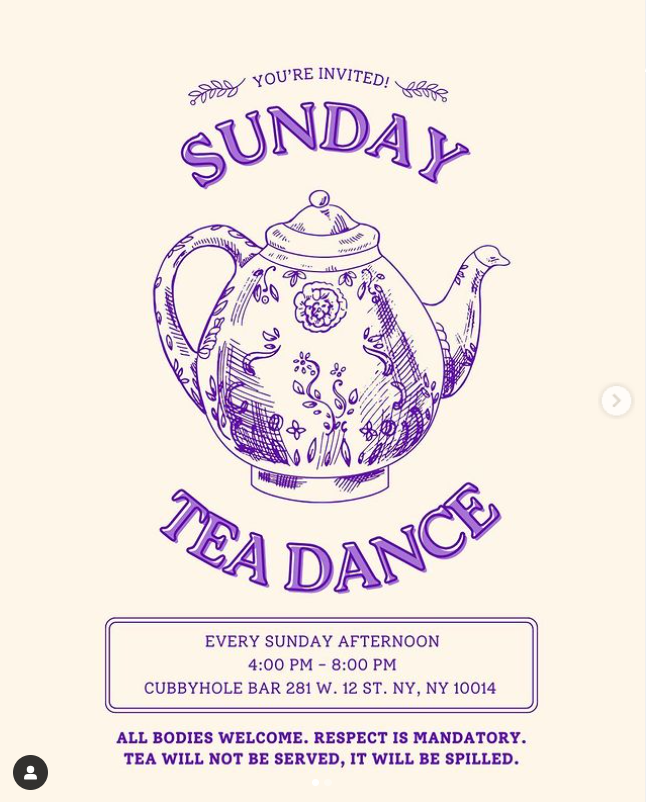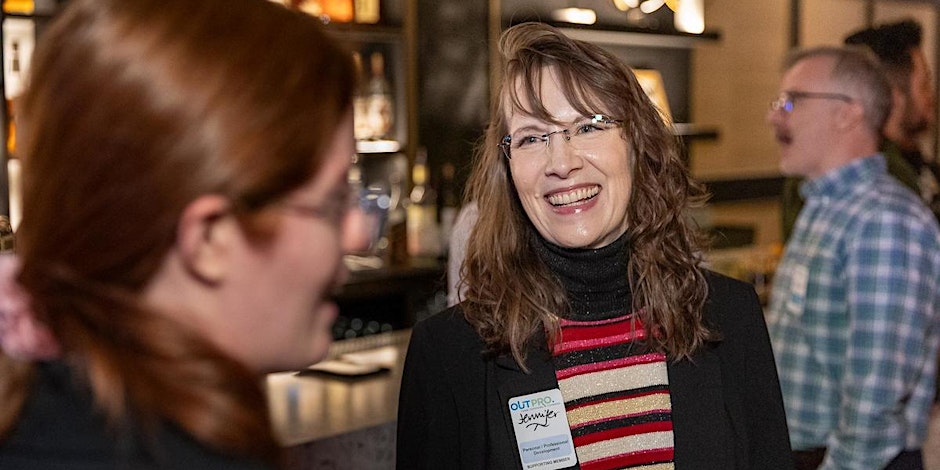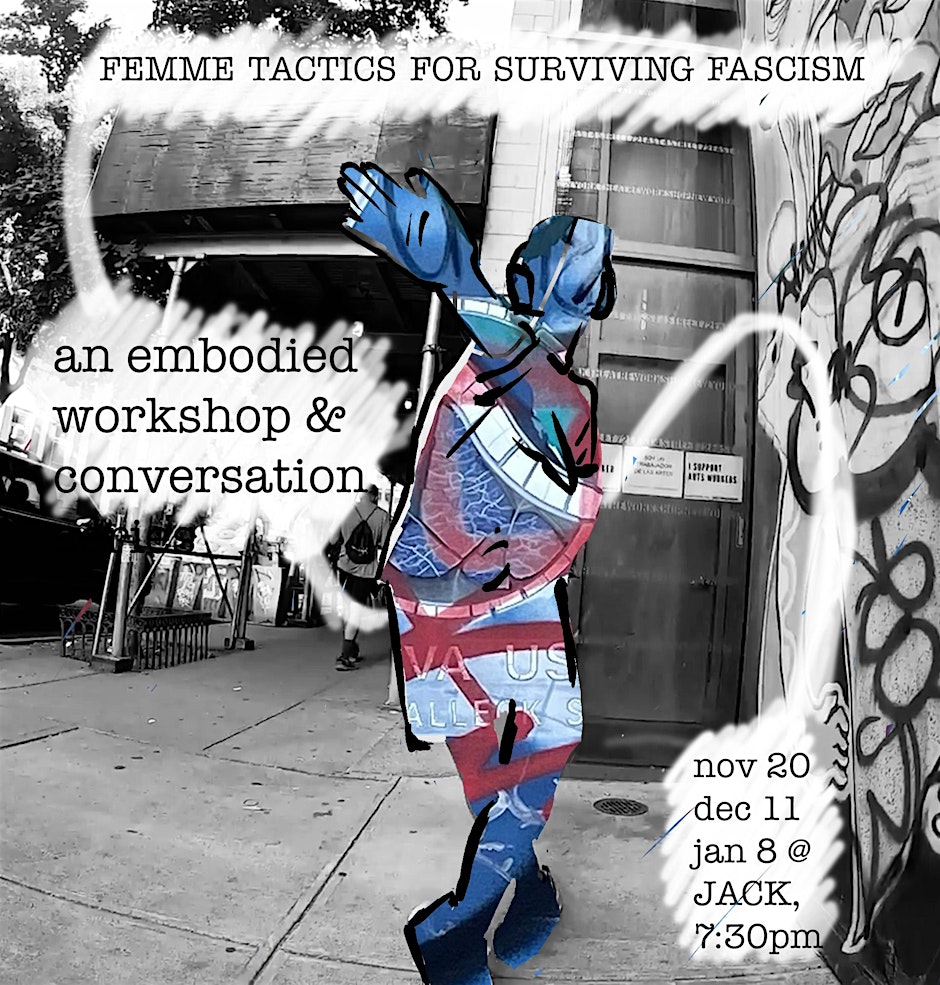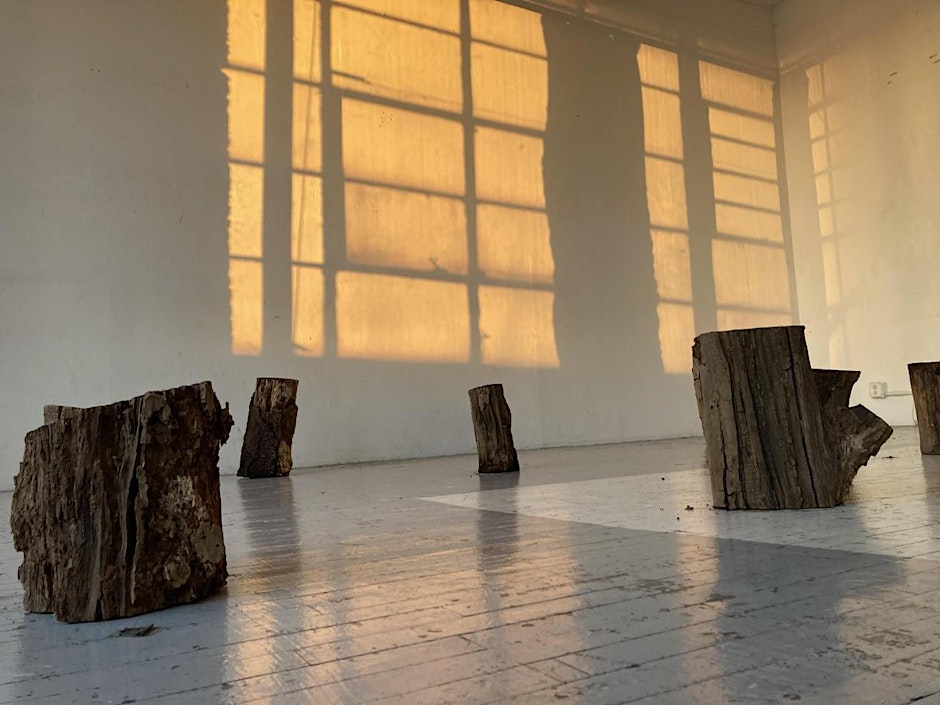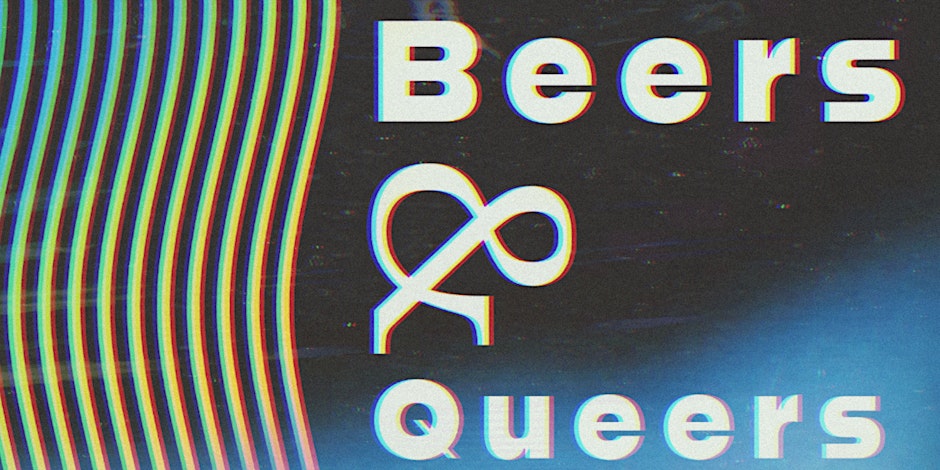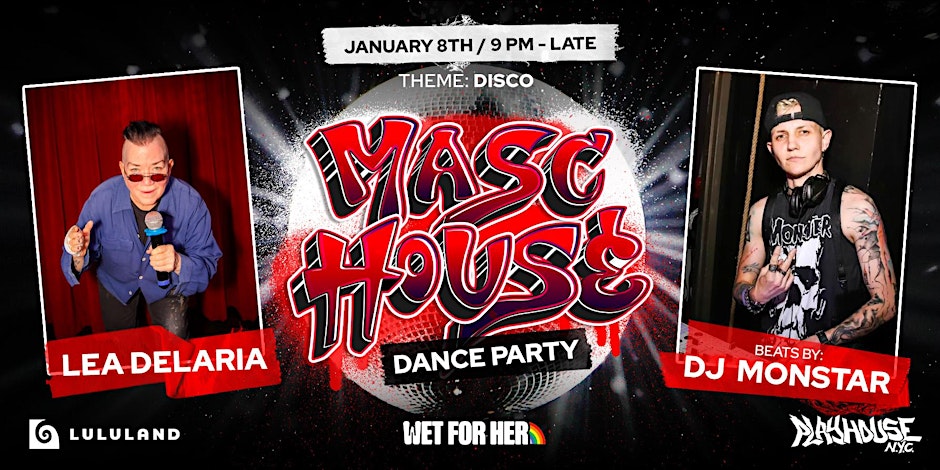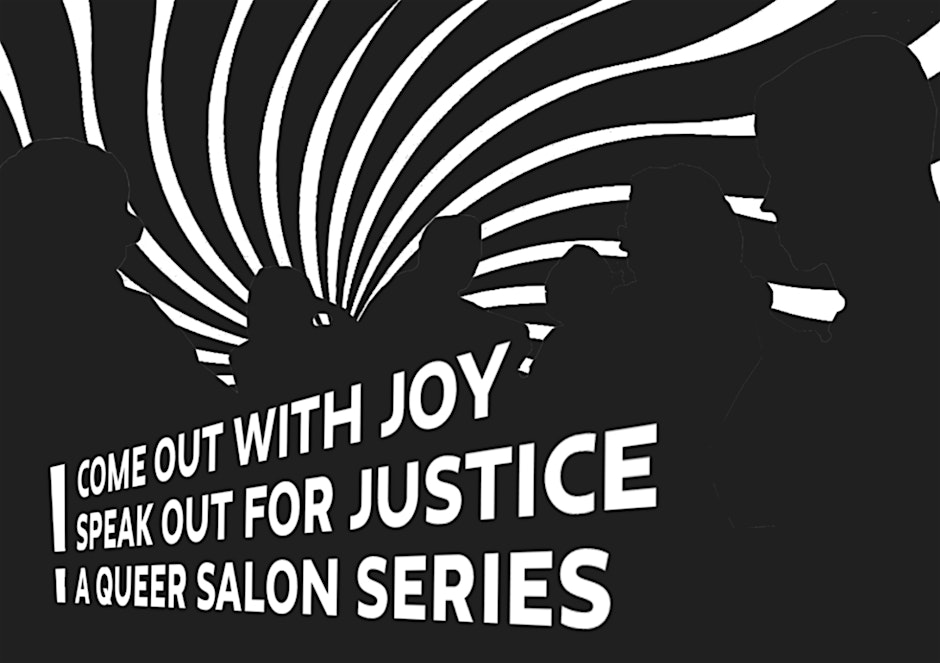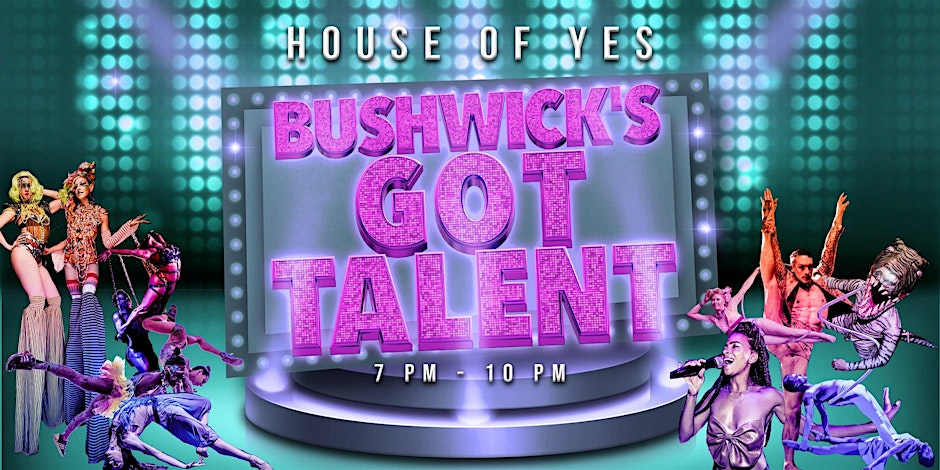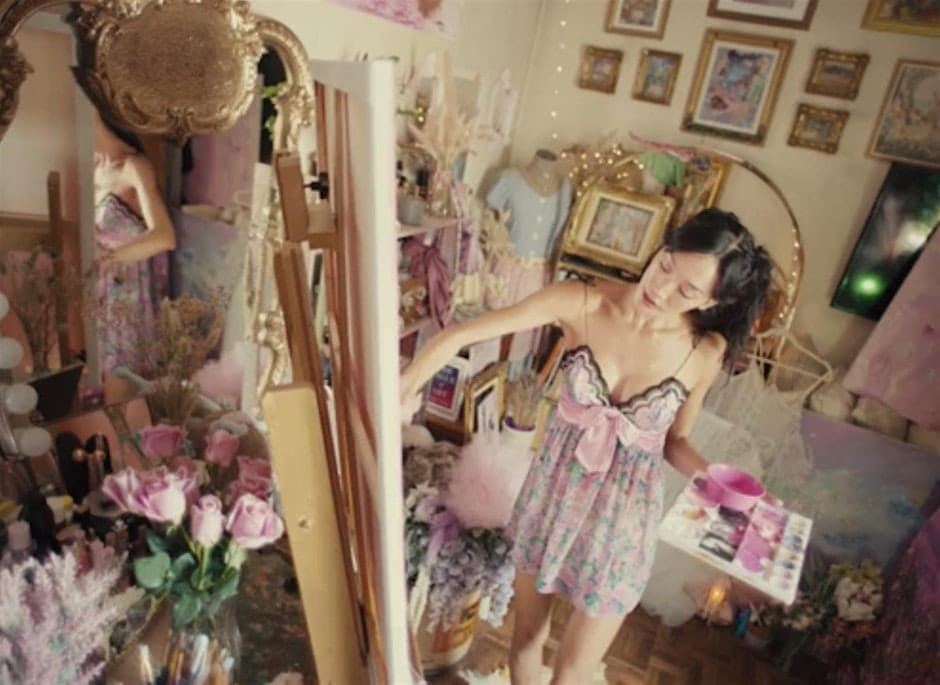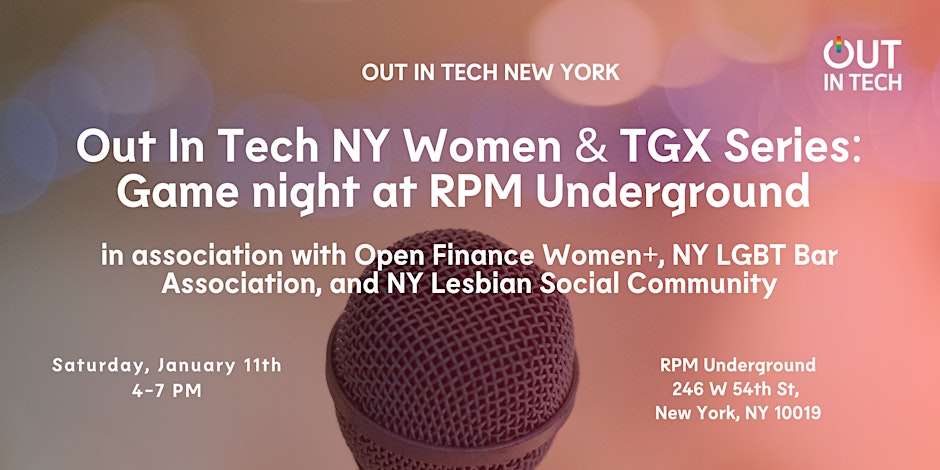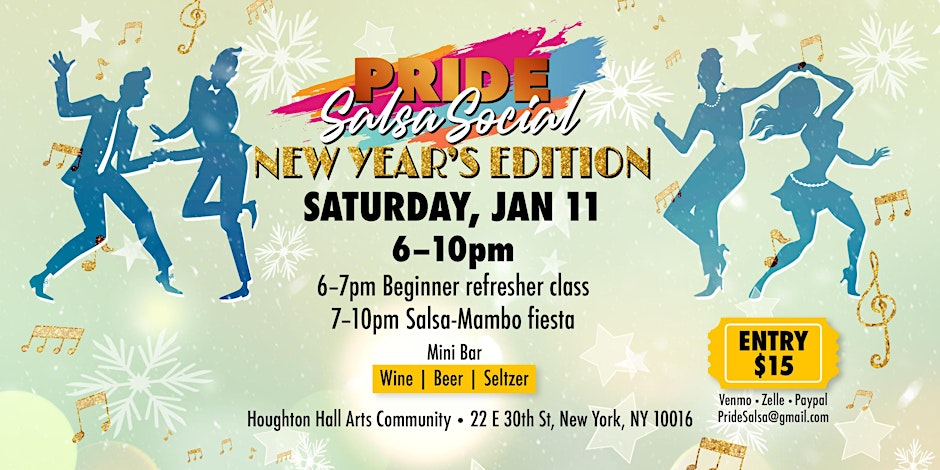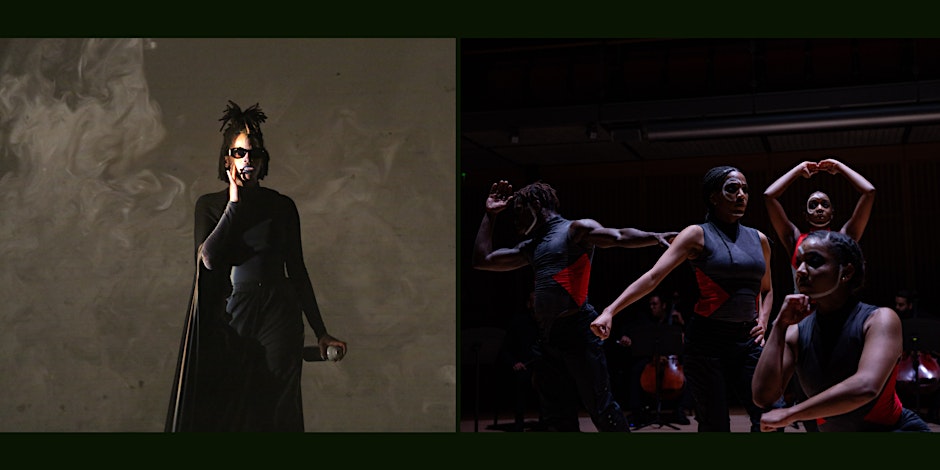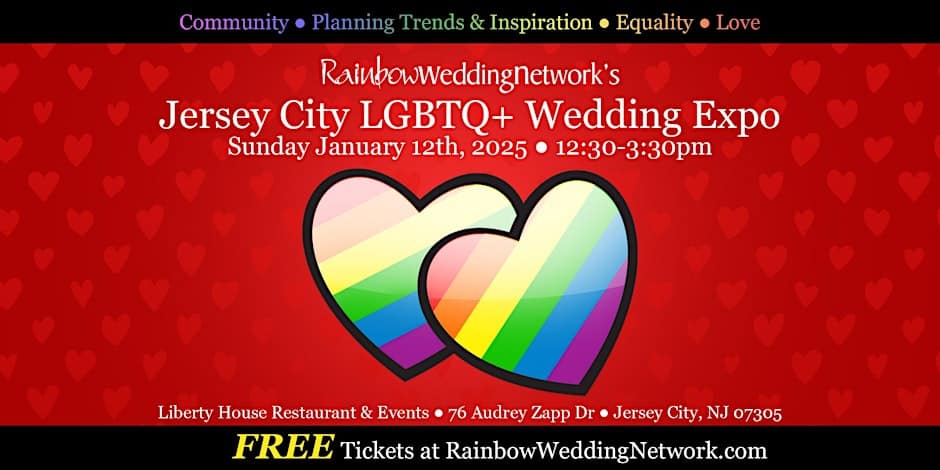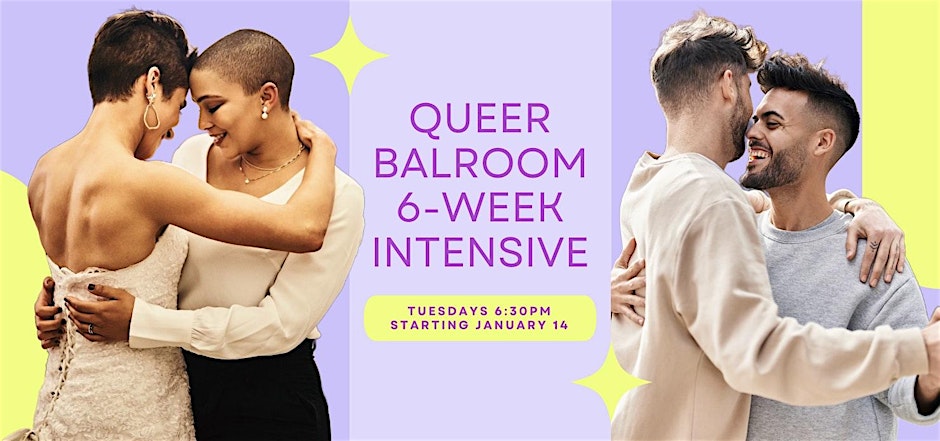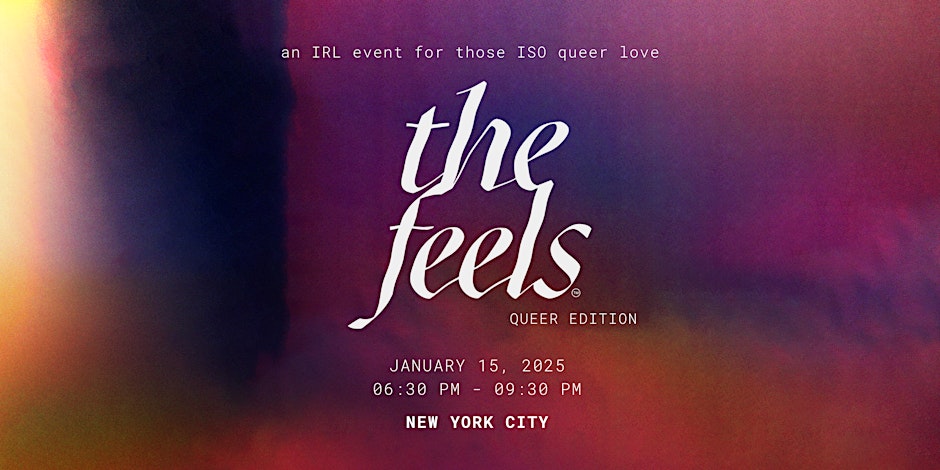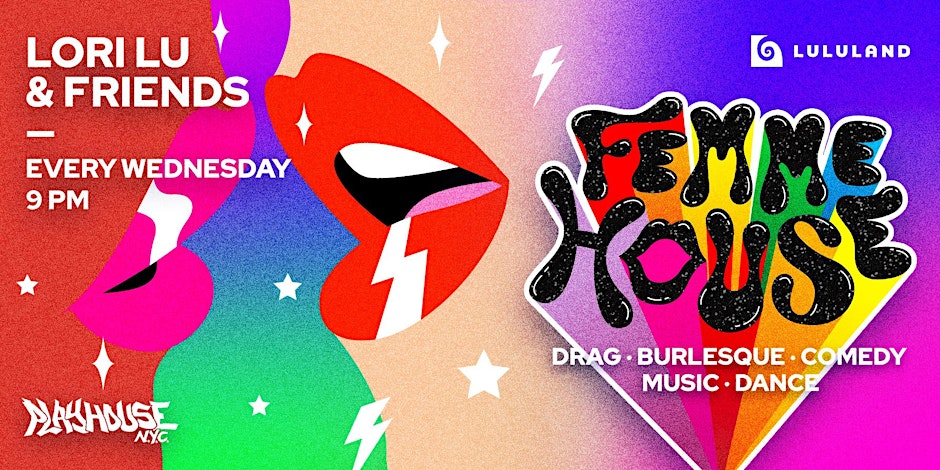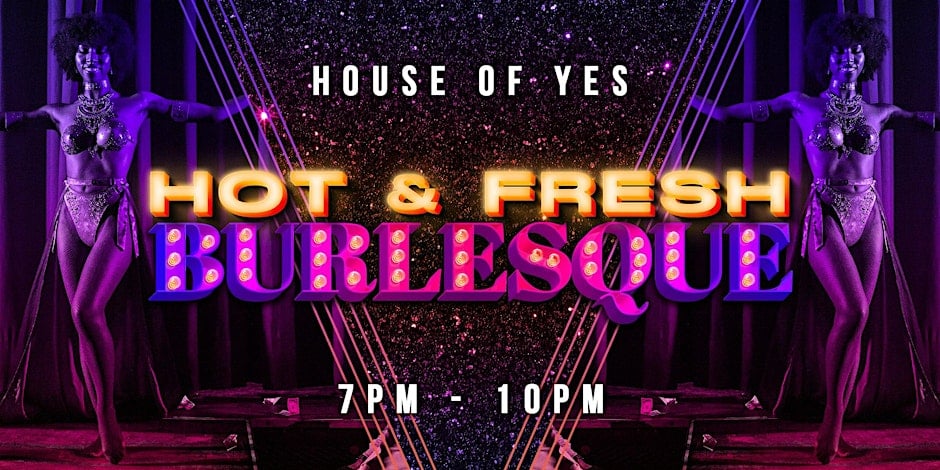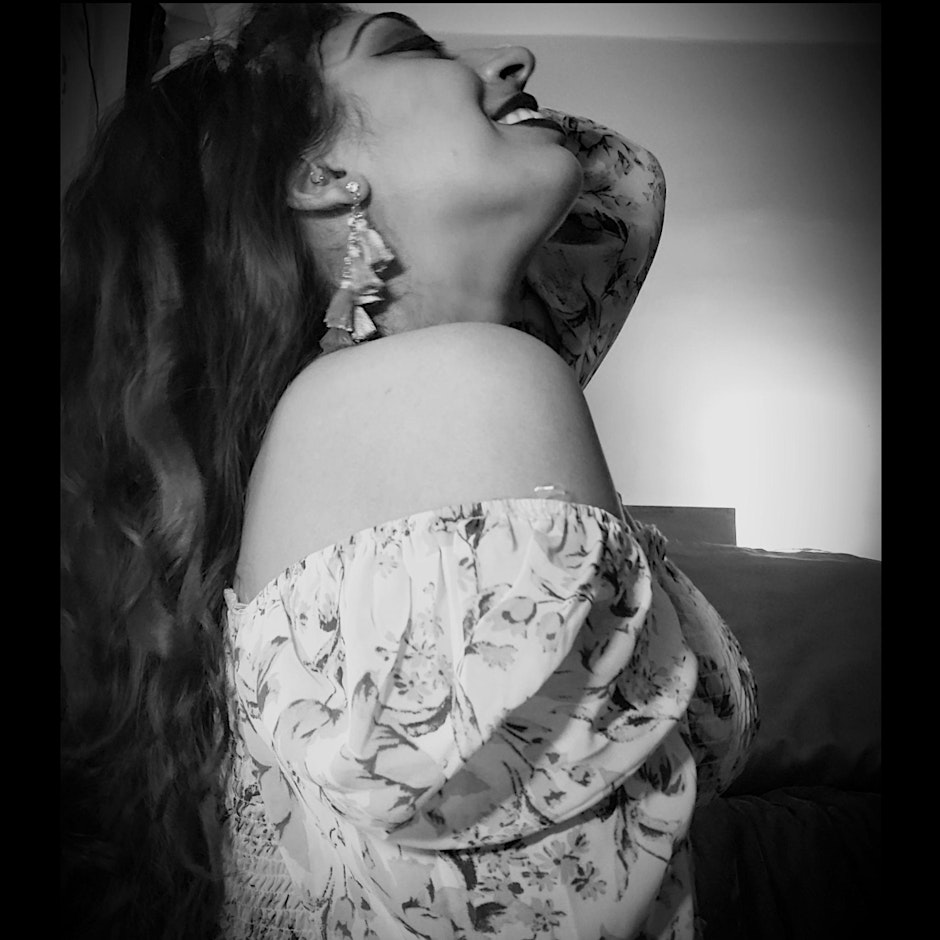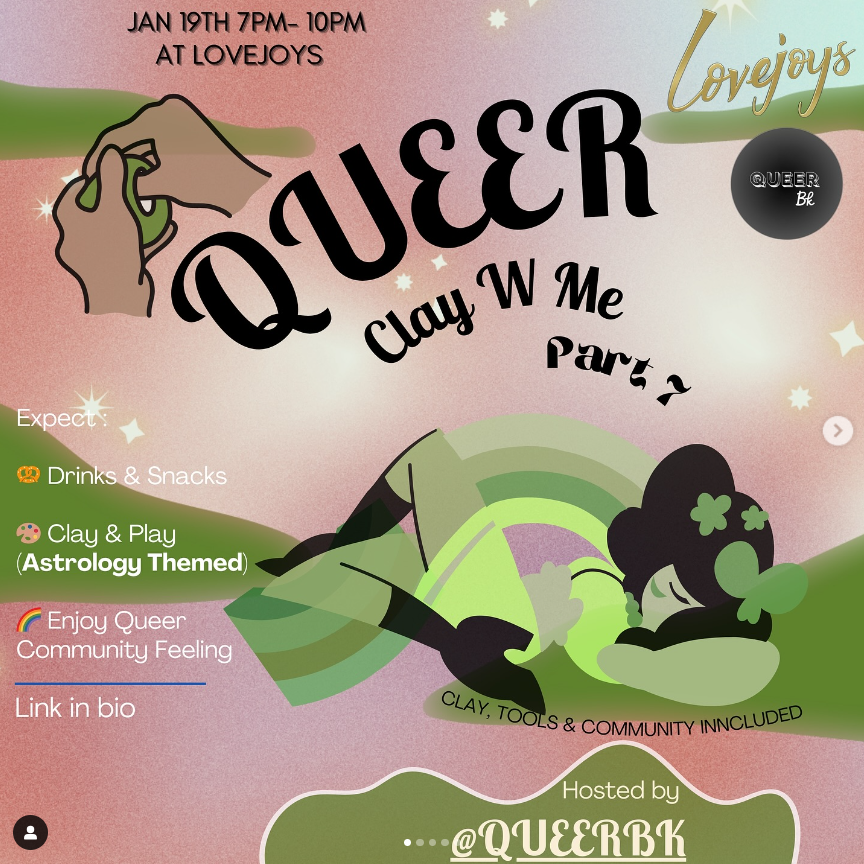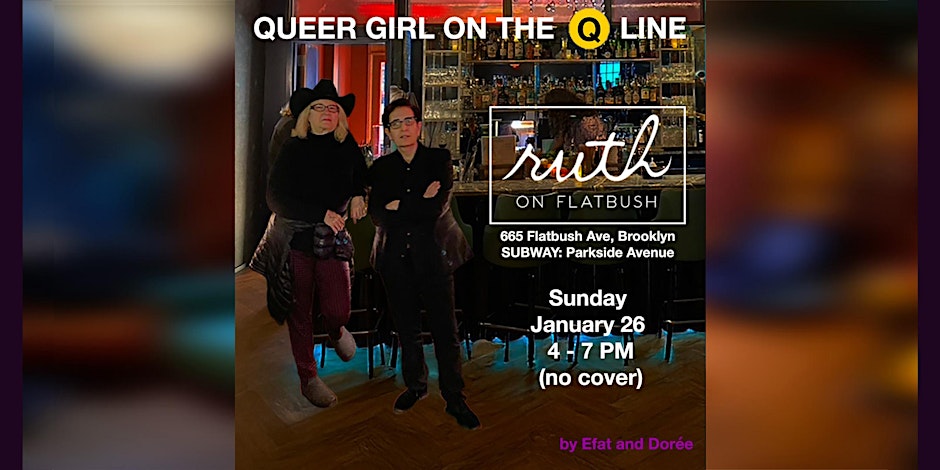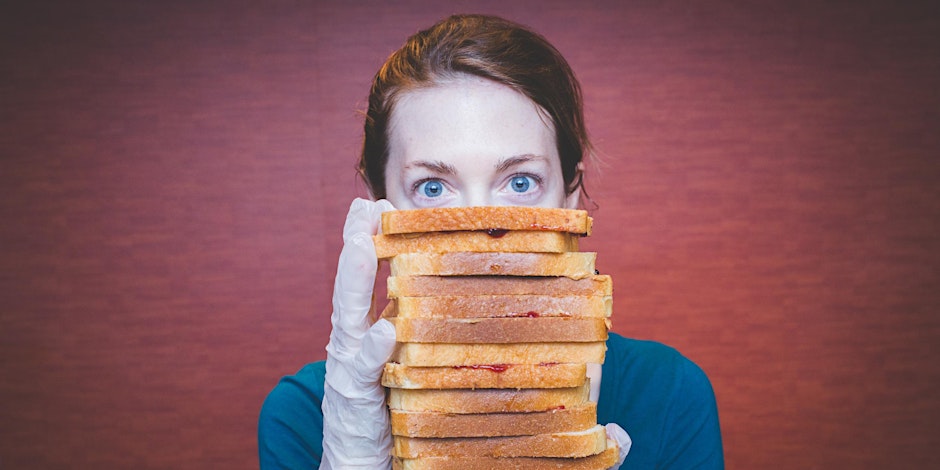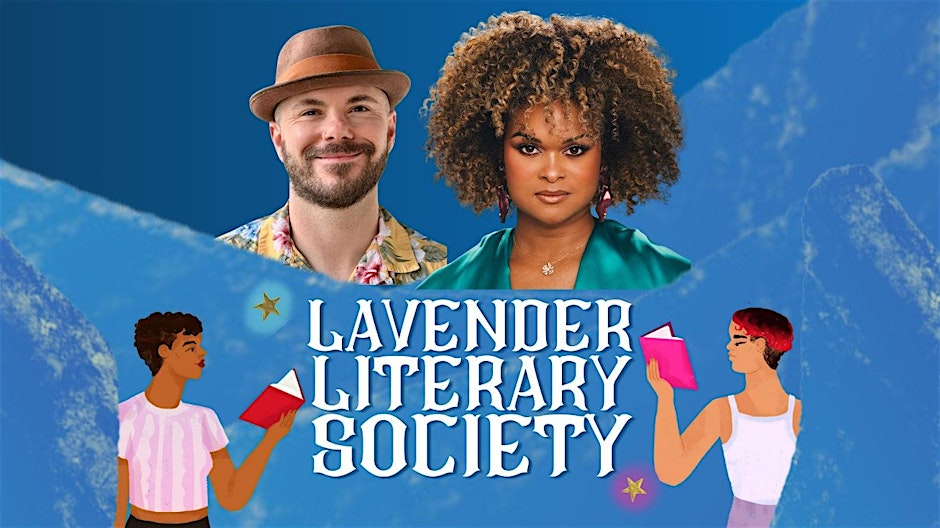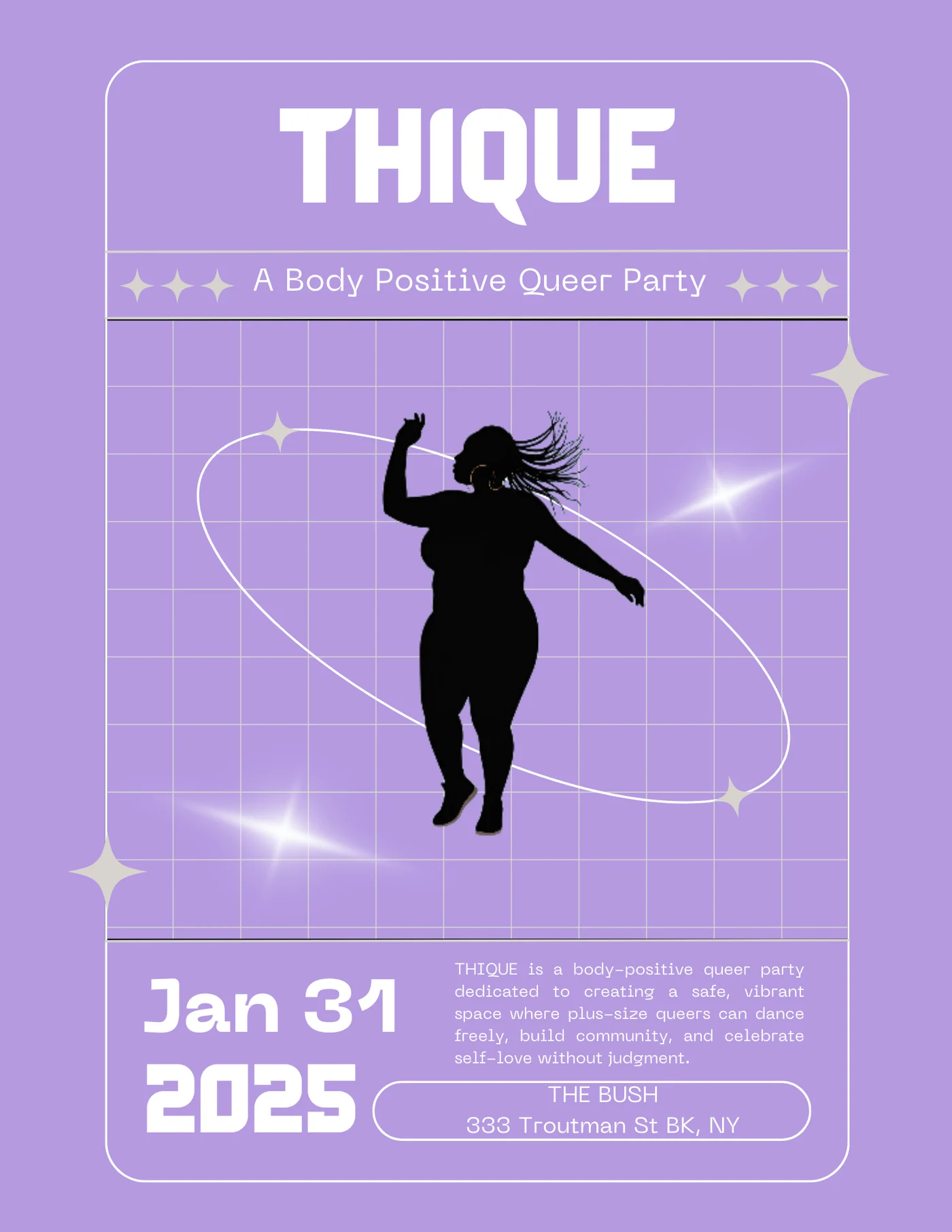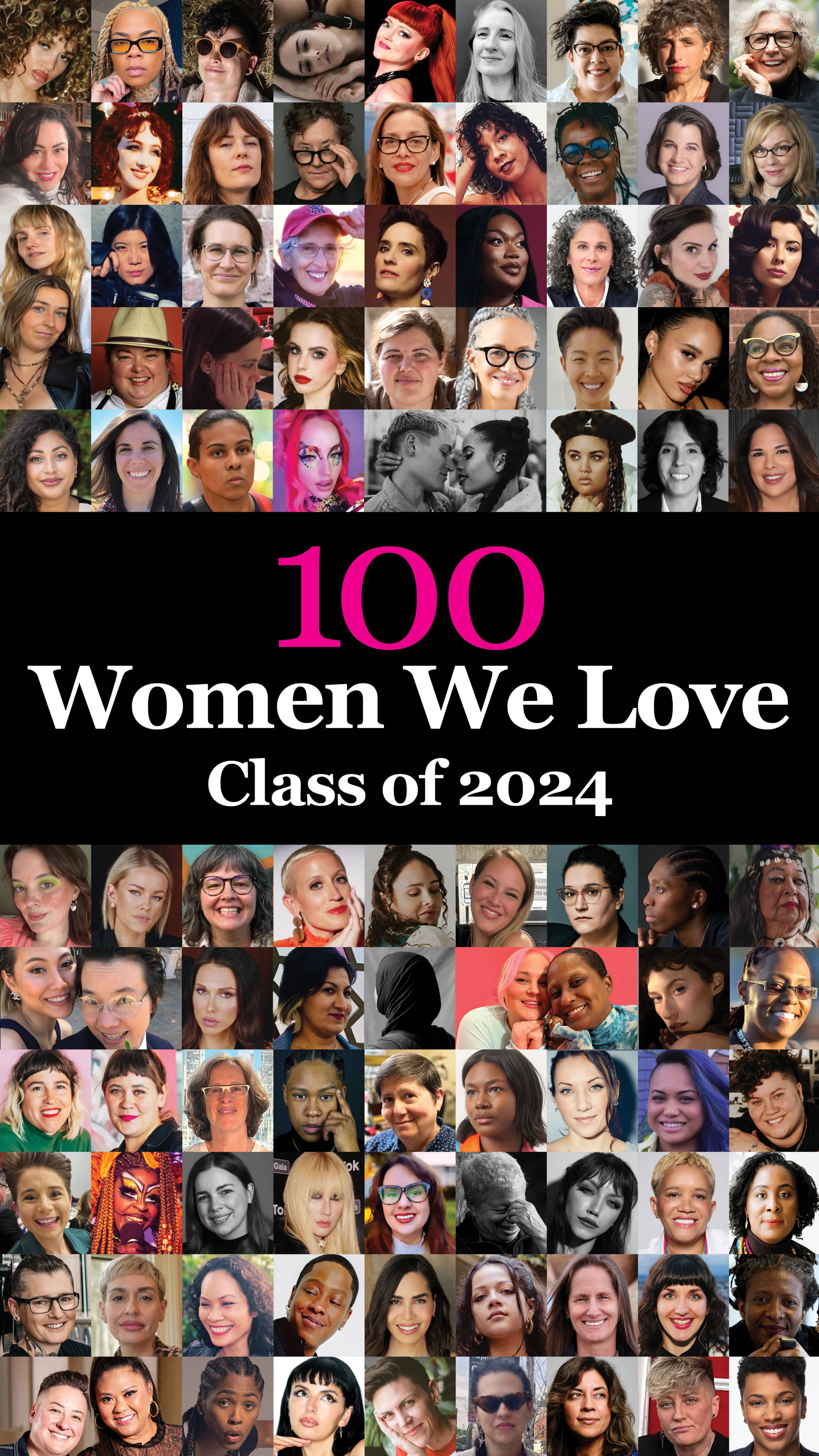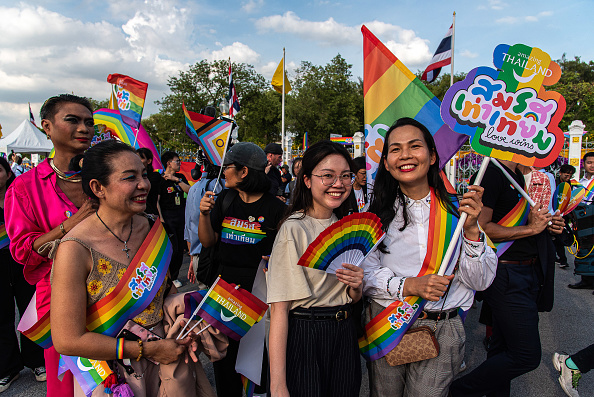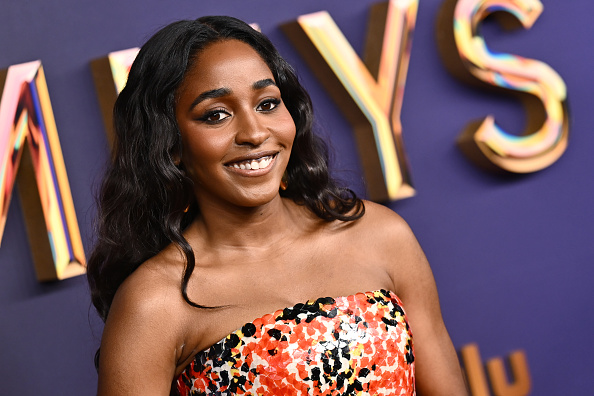Before confessing to her therapist that she kissed a girl and liked it, Gray (Heather Graham) uses a trick she and her brother created as kids for whenever they had to say something difficult: hold your breath until you can’t take it anymore, and then blurt the thing out. In this case, Gray is hanging on a rock-climbing wall, because her unconventional therapist Sydney (Sissy Spacek) conducts sessions while bowling, hiking, or doing other curiously metaphorical physical activities. But when Gray mentions that the girl in question is her brother’s wife, it’s Sydney who loses it—her grip, that is—and crashes to the fitness club floor.
This kind of screwball schtick is utilized throughout Gray Matters, opening in New York and five other cities on February 23, and eventually nationwide. The film has a lot of that quirky, Nora Ephron-esque, New York romantic comedy feel, featuring bright cinematography and ridiculously huge apartments. Graham’s character is the finicky, irresistible image of Meg Ryan’s Sally Albright but Gray Matters comes with a pretty big twist. Gray and her brother Sam (Thomas Cavanagh) are inseparable—roommates, ballroom dance partners, closest friends—until they both fall for Charlie (Bridget Moynahan), who shares their passion for 1940s musicals and hot fudge sundaes. For Gray, the sibling love triangle is only part of the angst, because after years of a stagnant love life, the incident gives Gray her first real inkling that she is gay.
For first-time writer and director Sue Kramer, presenting Gray’s conflict as a mainstream romantic comedy was of paramount importance. “I have always been very close to my oldest sister, who is a very attractive, girl-next-door-looking lesbian,” says Kramer. “She was always saying that she and her friends never saw a movie they could take everyone to—grandparents, friends, kids—and know that everyone would walk out feeling the same way. She said [1997’s] In and Out did that for gay men, and I wanted to give her something for gay women. Also, my sister had crushes on all my friends, and that was always awkward until I realized that it totally made sense because we had so much in common.”
Graham, who has played lesbian and bisexual characters before in Kiss & Tell in 1996 and Bowfinger in 1999, says she had no reservations about the role other than wanting to do the part justice. “I love that Gray Matters is ultimately a happy movie about a gay person. I think a lot of the stories about gay characters in film and TV are tragic or the gay characters serve as the comic relief. I think it’s great to see a movie about a gay person that has a happy ending.” She also says that part of what attracted her to the script was that it was more than just a coming-out story. “I think the movie is about learning to accept and love yourself for who you are regardless of what other people think of you. Everyone struggles with figuring out who they are and accepting and loving themselves. I think gay and straight people will be able to relate to how Gray pretends to be someone else because it is scary to really be yourself.”
A detail that viewers of Gray Matters may not notice is that the word “lesbian” is never used in the script. “That was a conscious decision,” says Kramer. “I’ve talked to my sister and her friends before and since writing the script, and they don’t label themselves as lesbians. When she came out, my sister felt that “gay” was more of a unifying concept for her, lesbian was too much of a specific label, so she calls herself a gay woman. I realize that a big part of the gay girl community call themselves lesbians, but there’s also a big part that doesn’t, so I wanted to use what I thought was a broader term.”
Kramer does expect the terminology to be an issue for some people, particularly after one of the film’s first screenings at the OutFest film festival in Los Angeles. “It was a thrilling experience, so many women were coming up to me and saying they were so happy to have a film like this,” says Kramer. “But there were two women who said they loved the film, but were bothered that Gray was never identified as a lesbian. And I know that will happen. I also think that the younger generation of women is somewhat more flexible in their identification than the older generation.”
One thing everyone agrees on however, is the perfect casting of Graham and Cavanagh, who are both expert at being hot and goofy simultaneously. Bridget Moynihan is so beautiful that it’s easy to believe she’d win both siblings’ devotion in less than five minutes. The film also has a terrific supporting cast featuring Molly Shannon, Sissy Spacek, and Alan Cumming. Although she doesn’t have a ton of screen time, Rachel Shelley of Showtime’s The L Word is perfect as Gray’s initially (hint, hint) cold, bitchy advertising client.
“I feel so blessed with the cast, there’s not one role where I wish I’d had someone else,” says Kramer. “I wrote the parts for Sissy and Alan Cumming, and I wasn’t going to have anyone else in those roles. I had worked with Sissy in the past, and had a relationship with her. So once I got them on board, that was a wonderful thing to have them attached to the script, much easier to get actors to read it, having no money and no history as a director.”
As Gray’s best friend and advertising firm coworker, Shannon plays the flippy, loose cannon she’s known for, right down to her indignation when she finds out that Gray was never attracted to her during their friendship. “I loved working with Molly because we have been friends for years and it was great to play friends in a film,” says Graham. “Also, ‘I Will Survive’ is one of my favorite songs and I was floored that I got to sing it with Gloria Gaynor,” says Graham, referring to a scene where Gray and Charlie get hammered in Vegas and end up on a lounge stage with the disco legend, who plays herself. “That was unreal.”
Kramer says that beyond attracting a mainstream audience, one of her goals for the film is to do adolescent outreach. “I want the characters to give kids good role models, show them that they don’t live in myopic world, and stress the point that it’s important to be yourself,” she says. Cumming in particular has been instrumental in gay outreach for the film, helping Kramer set up a screening at Harvey Milk High School this January and a benefit for the Hetrick-Martin institute scheduled for February 21. “Alan is very active in the community, and he’s such a charming, wonderful little puck of a guy,” says Kramer. She also says that she made Cumming’s character lovesick for Gray because she didn’t want to put Cumming in a gay role just because he’s gay. “The movie is about breaking down barriers and stereotypes, so I wanted to do that in the casting as well.”
“Sue is an extremely supportive and passionate person”, Graham says about Kramer’s directorial debut. “I loved that she knew exactly what she wanted. It’s so great to work with a person who has a vision.”
Kramer, who has worked in film for years, hopes that the release of Gray Matters will lead to more green-lighted projects. “Right out of film school I was lucky enough to start selling screenplays and writing for most of the studios, but the movies never got made for one reason or another,” says Kramer. “Now I’m finishing my next romantic comedy that I will probably direct this summer. Then I have two other projects, including a screenplay that I’m going to resurrect from the shelf. It takes place in Italy, and I can’t wait to shoot on location in Tuscany.”


